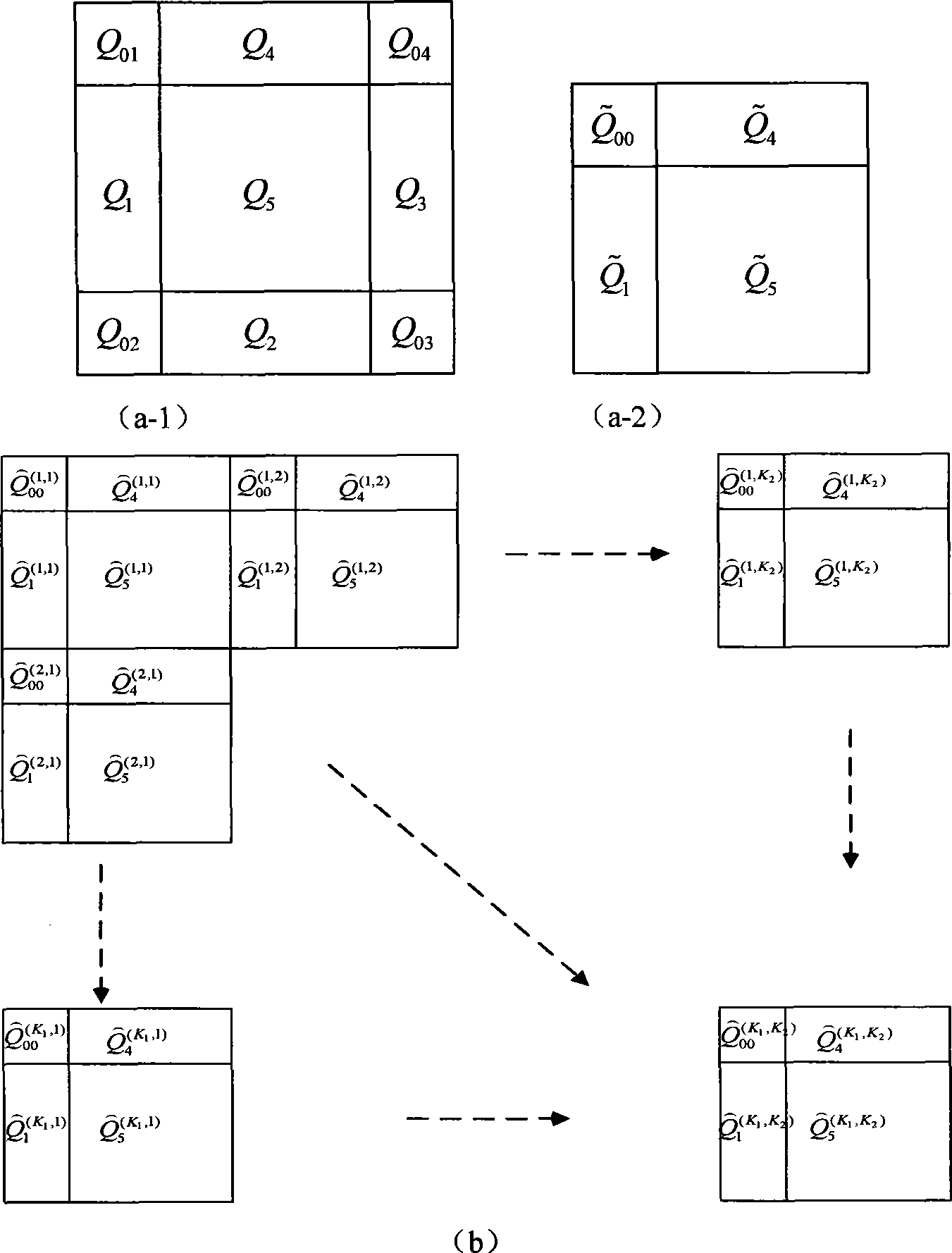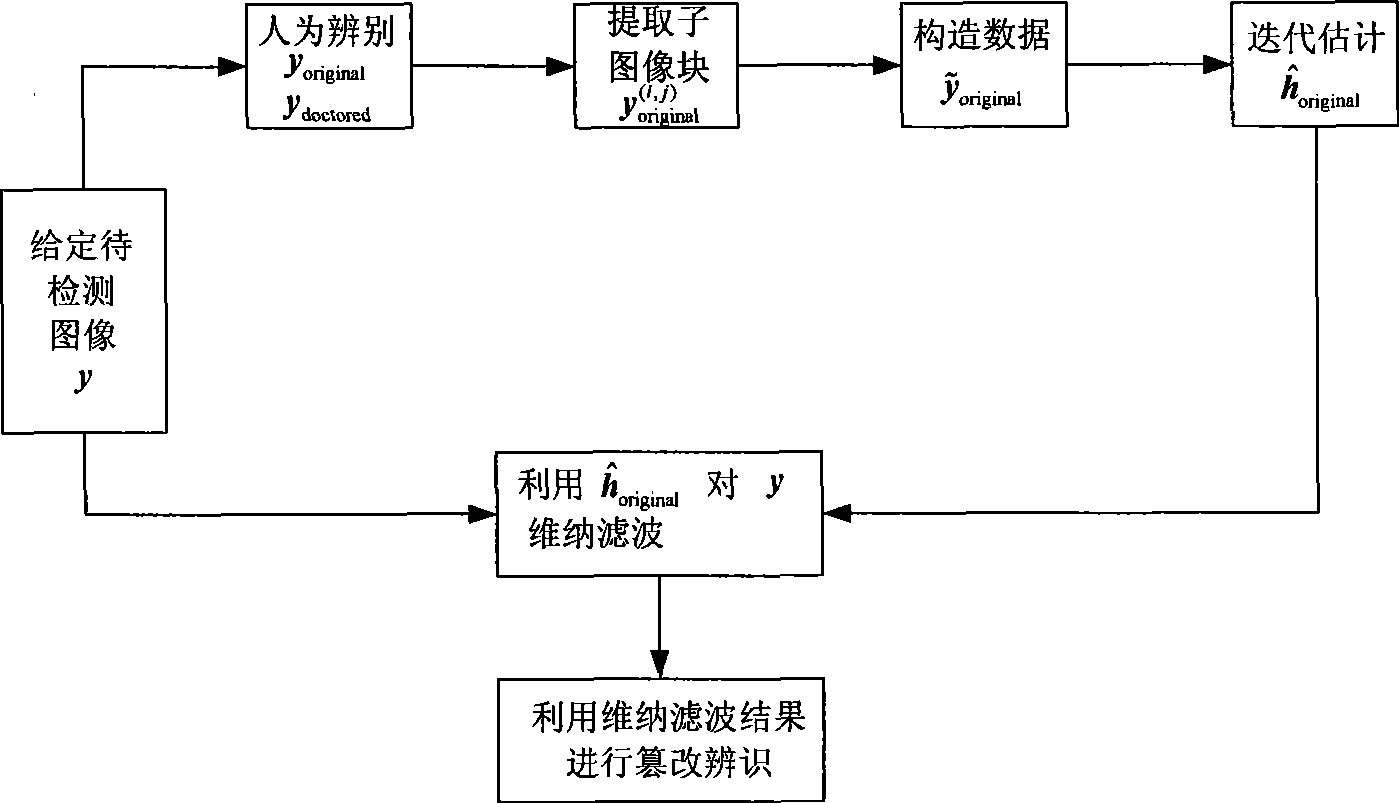Blind detection method for tampered image based on deconvolution
A blind detection and deconvolution technology, applied in image data processing, image data processing, instruments, etc., can solve problems such as the impossibility of blind detection methods
- Summary
- Abstract
- Description
- Claims
- Application Information
AI Technical Summary
Problems solved by technology
Method used
Image
Examples
Embodiment Construction
[0083] A preferred embodiment of the present invention is described in detail as follows in conjunction with the figure: The present invention aims to provide a deconvolution-based image blind detection method, and the specific detection process is as follows figure 2 shown. This method first uses the image to be detected to artificially estimate the tampered area and the untampered area, and estimates the desharpening function experienced by the untampered area from the untampered area, and finally uses the desharpening function to perform Wiener filtering on the image to be detected to realize tampering. Image detection. The specific steps are:
[0084] 1. Artificially identify the suspicious area of the image, that is, the tampered area y doctored , generally the tampered area is to cover up part of the data of the original image to achieve the purpose of tampering with certain facts, so the tampered area generally has complete content characteristics, and the correspo...
PUM
 Login to View More
Login to View More Abstract
Description
Claims
Application Information
 Login to View More
Login to View More - R&D
- Intellectual Property
- Life Sciences
- Materials
- Tech Scout
- Unparalleled Data Quality
- Higher Quality Content
- 60% Fewer Hallucinations
Browse by: Latest US Patents, China's latest patents, Technical Efficacy Thesaurus, Application Domain, Technology Topic, Popular Technical Reports.
© 2025 PatSnap. All rights reserved.Legal|Privacy policy|Modern Slavery Act Transparency Statement|Sitemap|About US| Contact US: help@patsnap.com



